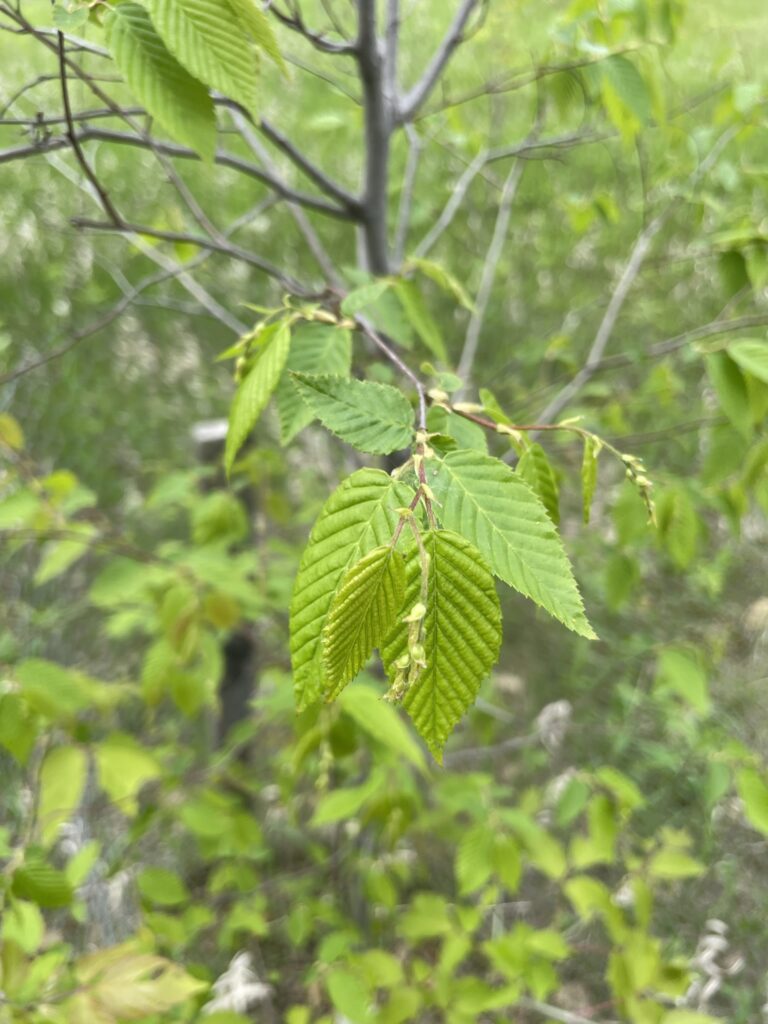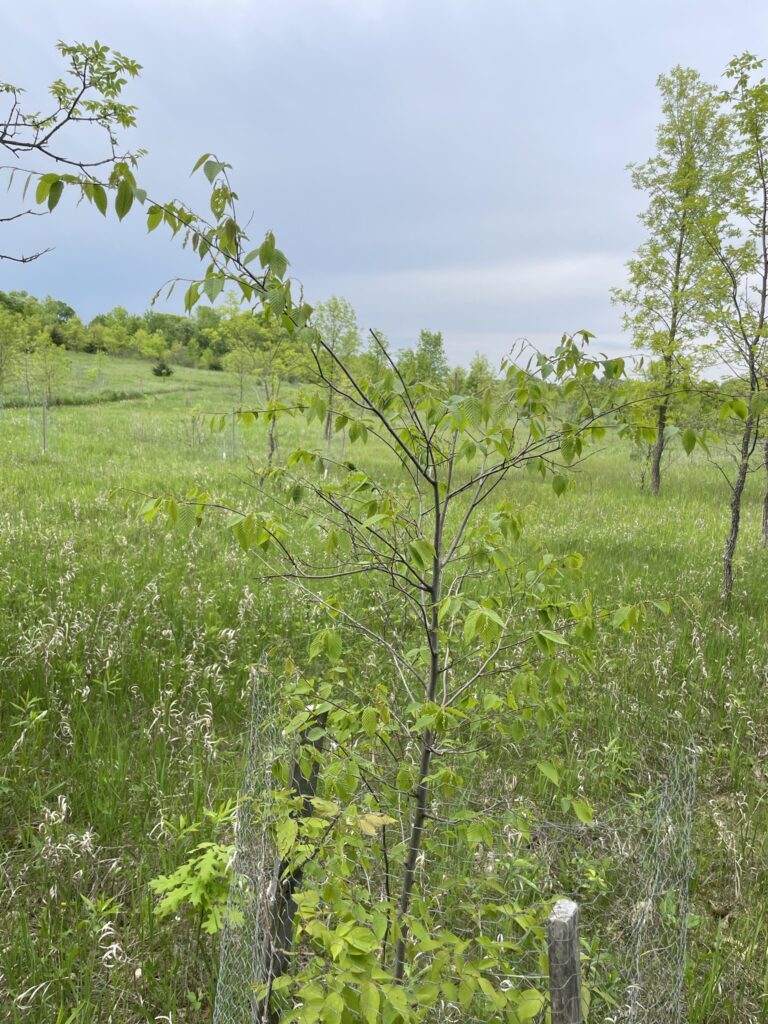Native To State: NO
Naturally Occurring: NO
Description: Features weeping branches and delicate cut-leaves.
Distribution: Native Europe
Occurance
Planted on field trail in the birch section
The Birch Collection consists of 9 species/varieties including: Paper Birch (Betula papyrifera), Yellow Birch (Betula alleghaniensis), River Birch (Betula nigra), Blue Beech (Carpinus caroliniana), Dakota Pinnacle Birch (Betula platyphylla ‘Fargo’), Whitespire Birch (Betula populifolia ‘Whitespire’), Emerald Flare Birch (Betula tianshanica ’emerdak’), and Avalanche Birch (Betula x Avalzam)
Native To State: NO
Naturally Occurring: NO
Description: Features weeping branches and delicate cut-leaves.
Distribution: Native Europe
Occurance
Planted on field trail in the birch section
Native To State: NO
Naturally Occurring: NO
Description: Moderate size tree, features non-pealing light-gray bark.
Distribution: Native to Eastern North America
Occurance
Planted on field trail in the birch section
Native To State: NO
Naturally Occurring: NO
Description: Moderate size tree, with white bark. This selection features upright growth.
Distribution: Native to east Asia and Japan
Occurance
Planted on field trail in the birch section


Native To State: YES
Naturally Occurring: NO
Description
Distribution: Blue Beech is native to eastern North America.
Occurance
Several planted near brush island
Native To State: YES
Naturally Occurring: NO
Description
Appearance: Betula alleghaniensis is a deciduous tree known for its peeling, golden-brown bark and triangular leaves.
Leaves: The leaves are simple, serrated, and triangular in shape.
Bark: The bark is golden-brown and peels into thin, curly strips.
Fruit: It produces small, winged nutlets.
Habitat: It is commonly found in moist woodlands and along streams.
Distribution: Yellow birch is native to North America.
Occurance
Two specimens were planted in large pasture marsh in 2016
Native To State: YES
Naturally Occurring: NO
Description
Appearance: Betula nigra is a deciduous tree known for its distinctive, exfoliating bark and serrated leaves.
Leaves: The leaves are simple, serrated, and diamond-shaped.
Bark: The bark is reddish-brown to gray and peels in papery curls.
Fruit: It produces small, winged nutlets.
Habitat: It is commonly found in wetlands and along riverbanks.
Distribution: River birch is native to eastern North America.
Occurance
Scattered specimens planted in 2016
Native To State: YES
Naturally Occurring: YES
Description
Appearance: Betula papyrifera is a deciduous tree known for its white bark and triangular leaves.
Leaves: The leaves are simple, serrated, and triangular.
Bark: The bark is chalky white, peeling in paper-like sheets.
Fruit: It produces small, winged nutlets.
Habitat: It is commonly found in various habitats, including woodlands.
Distribution: Paper birch is native to North America.
Occurance
Large trees are found throughout the former pasture. Many dense stands have come up since the mid 90’s when cattle were removed.